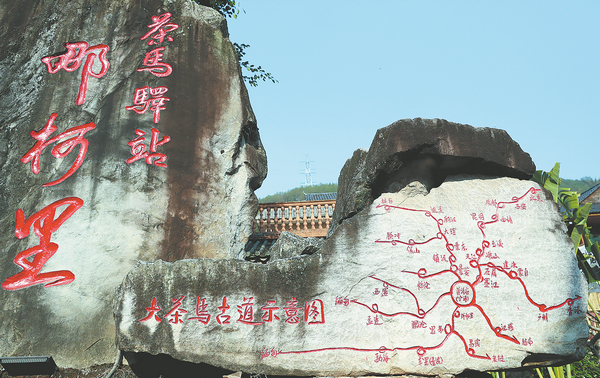

After China gave up its secrets on making silk, an ancient trade route was put to many other lucrative uses, report Deng Zhangyu and Li Yingqing in Kunming.
On a summer's day in 1990, Chen Baoya and five friends embarked on a three-month hiking trip with horses, dogs and tents in which they would explore ancient roads between Yunnan province and the Tibet autonomous region.
The roads they used had formed a network linking China with the rest of the world for more than 1,000 years.
"Our plan was to do research on linguistics and culture along the ancient route," says Chen, who with a few of the other team members were teachers at Yunnan University in Kunming, the provincial capital.
"One thing we discovered was that tea had been an important commodity along the route we trekked," says Chen, now a professor of linguistics at Peking University.
Thus it was how the trekkers coined the term chama gudao, or the Ancient Tea Horse Road, to describe the route they had covered.